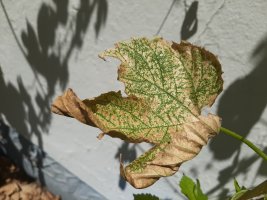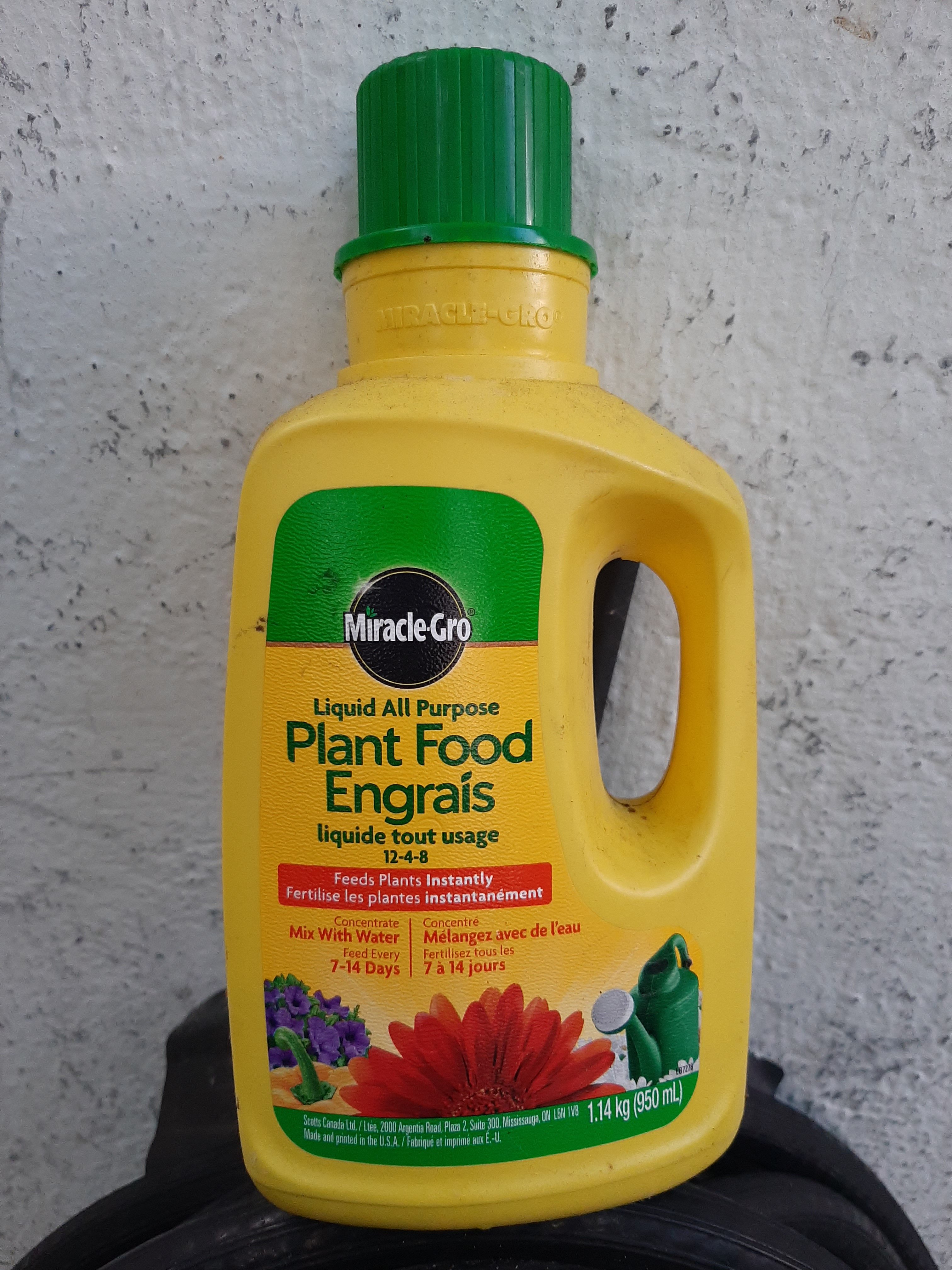Whilst hops are generally hungry plants, you wouldn't get that kind of damage/death just from nutrient deficiency. With hops 80-90% of visible damage/death are down to the Big 4 - here in the UK we worry more about verticilium and mildews both downy and powdery, traditional varieties like Fuggles and Goldings are susceptible to just about everything. Spider mite is also common, particularly in drier climates.
You should always rule out the big 4 before worrying about anything more obscure. Then check for visible signs of sucking pests like aphids (which will be still attached to the less affected parts of the plant) and chewing pests like caterpillars (which may have moved on but you will see evidence of them having chewed the leaves). Then worry about the long tail of other problems like nutrient deficiency, but it's almost always the big 4 (at least here).
It's always difficult to diagnose remotely but my first guess would be spider mite, particularly since there seems to be webs in the top-left of the last photo. In which case you should be able to find them on the less-affected leaves, particularly the undersides (always the first place to look for plant pests!) If it's that bad then this year's harvest is probably past saving, but next year take appropriate controls based on local advice and whatever products are available locally.






























![Craft A Brew - Safale S-04 Dry Yeast - Fermentis - English Ale Dry Yeast - For English and American Ales and Hard Apple Ciders - Ingredients for Home Brewing - Beer Making Supplies - [1 Pack]](https://m.media-amazon.com/images/I/41fVGNh6JfL._SL500_.jpg)

































